Home>Furniture & Design>Bathroom Accessories>How To Make A Wood Ramp Non-Slip
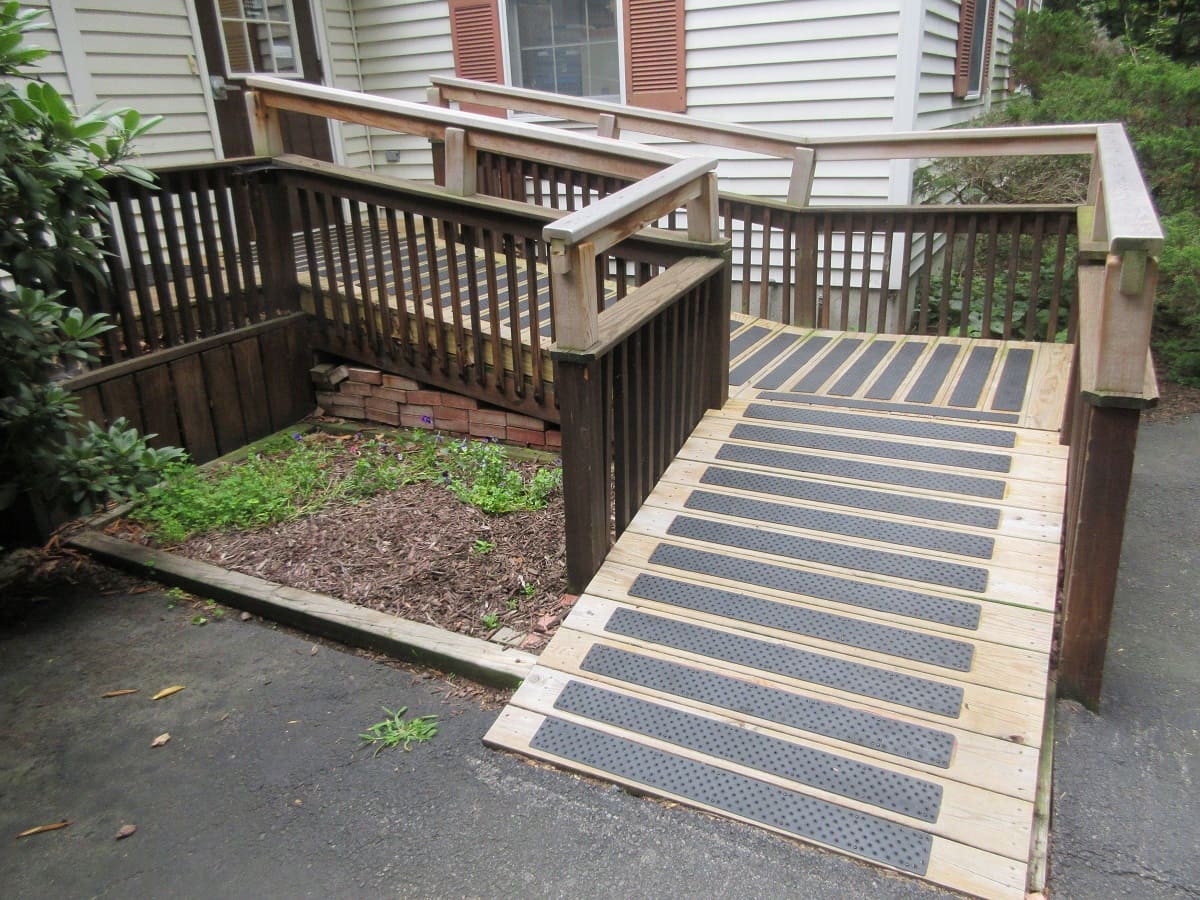

Bathroom Accessories
How To Make A Wood Ramp Non-Slip
Modified: October 25, 2024
Learn how to make your wood ramp non-slip with our easy bathroom accessories. Keep your ramp safe and secure for everyone to use.
(Many of the links in this article redirect to a specific reviewed product. Your purchase of these products through affiliate links helps to generate commission for Storables.com, at no extra cost. Learn more)
Introduction
When it comes to creating a safe and accessible environment, ensuring that wood ramps are non-slip is of paramount importance. Whether it's a ramp leading to a building entrance, a deck, or a wheelchair ramp, the need for a reliable non-slip surface cannot be overstated. A wood ramp that becomes slippery due to rain, snow, or general wear and tear poses a significant hazard to anyone using it, potentially leading to slips, falls, and injuries.
In this comprehensive guide, we will delve into the essential steps for making a wood ramp non-slip. From understanding the significance of a non-slip surface to selecting the right coating and applying it effectively, we will cover every aspect to help you create a safe and secure environment for everyone who uses the wood ramp.
By implementing the techniques outlined in this guide, you can ensure that your wood ramp remains safe and slip-resistant in various weather conditions and usage scenarios. Whether you are a homeowner looking to enhance the safety of your deck or a facility manager responsible for maintaining accessible entryways, the information provided here will empower you to take proactive measures to prevent accidents and promote safety.
Now, let's embark on this journey to discover the best practices for making a wood ramp non-slip, ensuring that it remains a reliable and secure pathway for all who traverse it.
Key Takeaways:
- Ensure wood ramps are safe and accessible by applying a non-slip coating. It prevents slips, falls, and injuries, making the pathway secure for everyone, especially those with mobility challenges.
- Choose a durable non-slip coating, prepare the wood surface meticulously, and apply the coating methodically to create a reliable non-slip surface. Regular maintenance ensures long-term effectiveness and safety.
Read more: How To Make Wood Deck Non-Slip
Understanding the Importance of Non-Slip Surface on Wood Ramps
The significance of a non-slip surface on wood ramps cannot be overstated, as it directly correlates to the safety and accessibility of the pathway. Wood ramps are commonly used to provide access to buildings, outdoor spaces, and elevated areas, serving as vital pathways for individuals with mobility challenges, such as wheelchair users, elderly individuals, and those with ambulatory difficulties. In addition to facilitating access, wood ramps are also prevalent in residential settings, connecting decks, patios, and other outdoor areas.
The inherent nature of wood, particularly when exposed to the elements, can lead to a slippery surface, especially during adverse weather conditions such as rain, snow, or ice. Without a reliable non-slip surface, wood ramps can pose significant hazards, increasing the risk of slips, falls, and injuries for anyone traversing them. This is particularly concerning for individuals with limited mobility, as the consequences of a fall can be severe.
By implementing a non-slip surface on wood ramps, the safety and usability of these pathways are greatly enhanced. A well-maintained non-slip surface provides traction and stability, reducing the likelihood of accidents and instilling confidence in those using the ramp. This is especially crucial in public spaces and commercial settings, where adherence to safety regulations and accessibility standards is imperative.
Furthermore, the importance of a non-slip surface extends beyond safety concerns. It also contributes to the longevity and durability of the wood ramp. By protecting the wood from moisture, wear, and abrasion, a non-slip coating helps preserve the structural integrity of the ramp, reducing the need for frequent maintenance and repairs.
In essence, the presence of a non-slip surface on wood ramps is a fundamental aspect of creating a safe, accessible, and user-friendly environment. It not only mitigates the risk of accidents and injuries but also promotes inclusivity and ensures that individuals of all abilities can navigate the pathways with confidence and ease. As we proceed to explore the methods for achieving a non-slip surface on wood ramps, it is essential to recognize the pivotal role it plays in fostering safety, accessibility, and overall well-being.
Choosing the Right Non-Slip Coating for Wood Ramps
Selecting the appropriate non-slip coating for wood ramps is a critical step in ensuring the effectiveness and longevity of the non-slip surface. With a myriad of options available, it's essential to consider factors such as durability, application method, and compatibility with wood surfaces. Here are key considerations to guide you in choosing the right non-slip coating for wood ramps:
1. Durability and Weather Resistance
The chosen non-slip coating should exhibit exceptional durability and resilience against varying weather conditions. It should withstand exposure to sunlight, moisture, and temperature fluctuations without deteriorating or losing its non-slip properties. Look for coatings specifically designed for outdoor use, as they are formulated to endure the elements and maintain their effectiveness over time.
2. Traction and Slip-Resistance
The primary function of the non-slip coating is to provide reliable traction and slip-resistance on the wood ramp. Opt for coatings that offer a high coefficient of friction, ensuring secure footing even in wet or slippery conditions. Consider textured coatings or those with added grip-enhancing features to maximize traction and minimize the risk of slips and falls.
Read more: What Makes Non-Slip Shoes Non-Slip
3. Compatibility with Wood Surfaces
Ensure that the chosen non-slip coating is suitable for application on wood surfaces. It should adhere effectively to wood, forming a strong bond that withstands regular use and foot traffic. Additionally, the coating should be compatible with the type of wood used for the ramp, whether it's pressure-treated lumber, hardwood, or composite decking, to ensure optimal adhesion and performance.
4. Ease of Application
Consider the ease of application when selecting a non-slip coating. Look for coatings that can be applied using standard painting tools, such as brushes or rollers, for straightforward and efficient application. Some coatings may require multiple coats or specific application techniques, so it's important to choose a product that aligns with your skill level and available resources.
5. Longevity and Maintenance
Evaluate the expected longevity of the non-slip coating and its maintenance requirements. A high-quality coating should offer long-term protection, reducing the need for frequent reapplication. Additionally, consider the ease of cleaning and maintaining the non-slip surface to ensure that it remains effective and visually appealing over time.
By carefully considering these factors and researching available non-slip coating options, you can make an informed decision that aligns with the specific requirements of your wood ramp. The right non-slip coating will not only enhance the safety and usability of the ramp but also contribute to its long-term performance and resilience in diverse environmental conditions.
Preparing the Wood Surface for Non-Slip Coating
Proper preparation of the wood surface is a crucial precursor to applying a non-slip coating, as it directly influences the adhesion and effectiveness of the coating. The following steps outline the meticulous process of preparing the wood surface to ensure optimal results:
-
Cleaning the Surface: Begin by thoroughly cleaning the wood surface to remove any dirt, debris, or previous coatings that may hinder adhesion. Use a stiff-bristled brush or pressure washer to eliminate ingrained dirt and grime. Additionally, consider using a wood cleaner or mild detergent to remove any residual contaminants, ensuring a clean and receptive surface for the non-slip coating.
-
Sanding and Smoothing: After cleaning, sand the wood surface to smooth out any rough areas, imperfections, or splinters. This step not only enhances the appearance of the wood but also promotes better adhesion of the non-slip coating. Use medium-grit sandpaper to achieve a uniform and smooth surface, paying particular attention to high-traffic areas and potential slip-prone spots.
-
Removing Moisture and Residue: Prior to applying the non-slip coating, ensure that the wood surface is completely dry. Moisture can compromise the adhesion of the coating, leading to potential delamination or reduced effectiveness. Allow the wood to dry thoroughly, especially if it has been exposed to rain or cleaning solutions. Additionally, remove any sanding residue or dust to create a clean and pristine surface for the coating.
-
Applying a Wood Primer (If Necessary): In some cases, applying a wood primer before the non-slip coating can enhance adhesion and promote long-term durability. Choose a high-quality wood primer designed for outdoor use and follow the manufacturer's instructions for application. The primer acts as a bonding agent, ensuring that the non-slip coating adheres firmly to the wood surface, creating a robust and long-lasting non-slip layer.
By meticulously preparing the wood surface through thorough cleaning, sanding, moisture removal, and potential primer application, you establish an ideal foundation for the non-slip coating. This meticulous preparation sets the stage for a successful application, ensuring that the non-slip surface adheres effectively, performs optimally, and contributes to the safety and longevity of the wood ramp.
Read more: How To Make Socks Non-Slip
Applying Non-Slip Coating to the Wood Ramp
Once the wood surface is meticulously prepared, the application of the non-slip coating is the pivotal step in creating a safe and secure surface on the wood ramp. The following detailed process outlines the precise steps for applying the non-slip coating effectively:
-
Selecting the Appropriate Tools: Before commencing the application, ensure that you have the necessary tools and equipment readily available. Depending on the specific non-slip coating chosen, typical application tools may include paint brushes, rollers, or sprayers. Additionally, have protective gear such as gloves and goggles to ensure safety during the application process.
-
Stirring and Mixing the Coating: If the non-slip coating requires mixing or stirring, carefully follow the manufacturer's instructions to achieve a uniform consistency. Thoroughly blending the coating ensures that any additives or non-slip particles are evenly distributed, maximizing the effectiveness of the non-slip properties.
-
Applying the First Coat: Begin by applying the first coat of the non-slip coating to the wood ramp. Use smooth and even strokes to ensure consistent coverage, starting from one end of the ramp and progressing methodically to the other. Pay close attention to achieving an even application, avoiding excess pooling or uneven distribution of the coating.
-
Incorporating Non-Slip Additives: If the non-slip coating requires the incorporation of specific additives or granules to enhance traction, carefully follow the manufacturer's guidelines for this step. Sprinkle or broadcast the non-slip particles onto the wet coating, ensuring thorough and uniform coverage across the entire surface. This step is crucial in maximizing the non-slip properties of the coating, providing reliable traction for users.
-
Allowing for Proper Drying Time: After applying the first coat and incorporating non-slip additives, allow the coating to dry according to the manufacturer's recommended drying time. This period is essential for the coating to cure and establish a strong bond with the wood surface. Avoid foot traffic or exposure to moisture during this crucial drying phase to ensure optimal adhesion and performance.
-
Applying Additional Coats (If Necessary): Depending on the specific non-slip coating and the desired level of protection, additional coats may be recommended. Follow the manufacturer's instructions regarding the application of subsequent coats, ensuring that each layer is applied with precision and allowed to dry thoroughly before the next coat is added.
By meticulously following these steps and adhering to the manufacturer's guidelines, you can effectively apply the non-slip coating to the wood ramp, creating a durable and reliable non-slip surface. This meticulous application process ensures that the wood ramp remains safe, secure, and resistant to slips and falls, providing peace of mind for all who utilize the pathway.
Maintaining the Non-Slip Surface for Longevity
Sustaining the non-slip surface of a wood ramp is essential for ensuring its long-term effectiveness and safety. Regular maintenance not only preserves the non-slip properties but also extends the lifespan of the coating, contributing to the overall durability of the wood ramp. Here are key practices for maintaining the non-slip surface to uphold its longevity:
1. Routine Cleaning and Inspection
Regularly clean the non-slip surface to remove dirt, debris, and organic matter that can compromise its effectiveness. Utilize a gentle cleaning solution and a soft-bristled brush to scrub the surface, ensuring thorough removal of any accumulated residue. Additionally, conduct routine inspections to identify any signs of wear, damage, or areas where the non-slip coating may be deteriorating. Promptly addressing any issues through maintenance or reapplication is crucial for preserving the non-slip surface.
2. Prompt Repairs and Recoating
In the event of any damage or degradation of the non-slip surface, promptly address the issues to prevent further deterioration. Repair any areas where the coating has worn off or become compromised, ensuring that the non-slip properties are fully restored. If significant wear is observed, consider recoating the entire surface to maintain consistent traction and protection. Timely repairs and recoating efforts are instrumental in upholding the non-slip surface for long-term functionality.
Read more: How To Make Non-Slip Paint
3. Avoid Harsh Cleaning Methods
When cleaning the non-slip surface, refrain from using harsh chemicals or abrasive cleaning tools that can erode the coating. Opt for mild cleaning solutions and non-abrasive brushes to preserve the integrity of the non-slip surface. Harsh cleaning methods can diminish the effectiveness of the coating and accelerate its deterioration, necessitating premature recoating and maintenance.
4. Regular Monitoring of Environmental Factors
Be mindful of environmental factors that can impact the non-slip surface, such as prolonged exposure to direct sunlight, inclement weather, and heavy foot traffic. Implement measures to mitigate these influences, such as providing shade for the wood ramp, applying additional protective coatings in high-traffic areas, and promptly addressing any issues arising from environmental stressors. Proactive monitoring and intervention help safeguard the non-slip surface against potential degradation.
By diligently adhering to these maintenance practices, the non-slip surface of the wood ramp can be preserved for long-term functionality and reliability. This proactive approach not only enhances the safety of the wood ramp but also minimizes the need for extensive repairs or recoating, ultimately contributing to the sustained usability and effectiveness of the non-slip surface.
Frequently Asked Questions about How To Make A Wood Ramp Non-Slip
Was this page helpful?
At Storables.com, we guarantee accurate and reliable information. Our content, validated by Expert Board Contributors, is crafted following stringent Editorial Policies. We're committed to providing you with well-researched, expert-backed insights for all your informational needs.
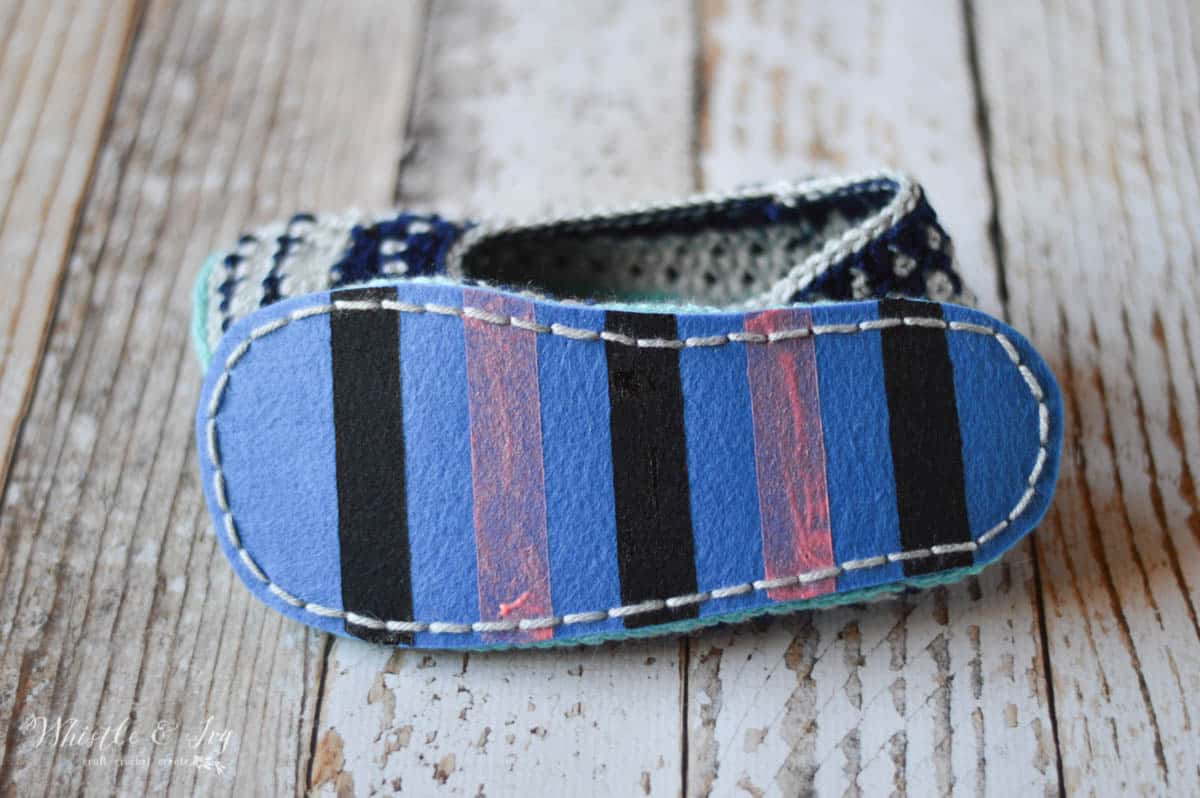
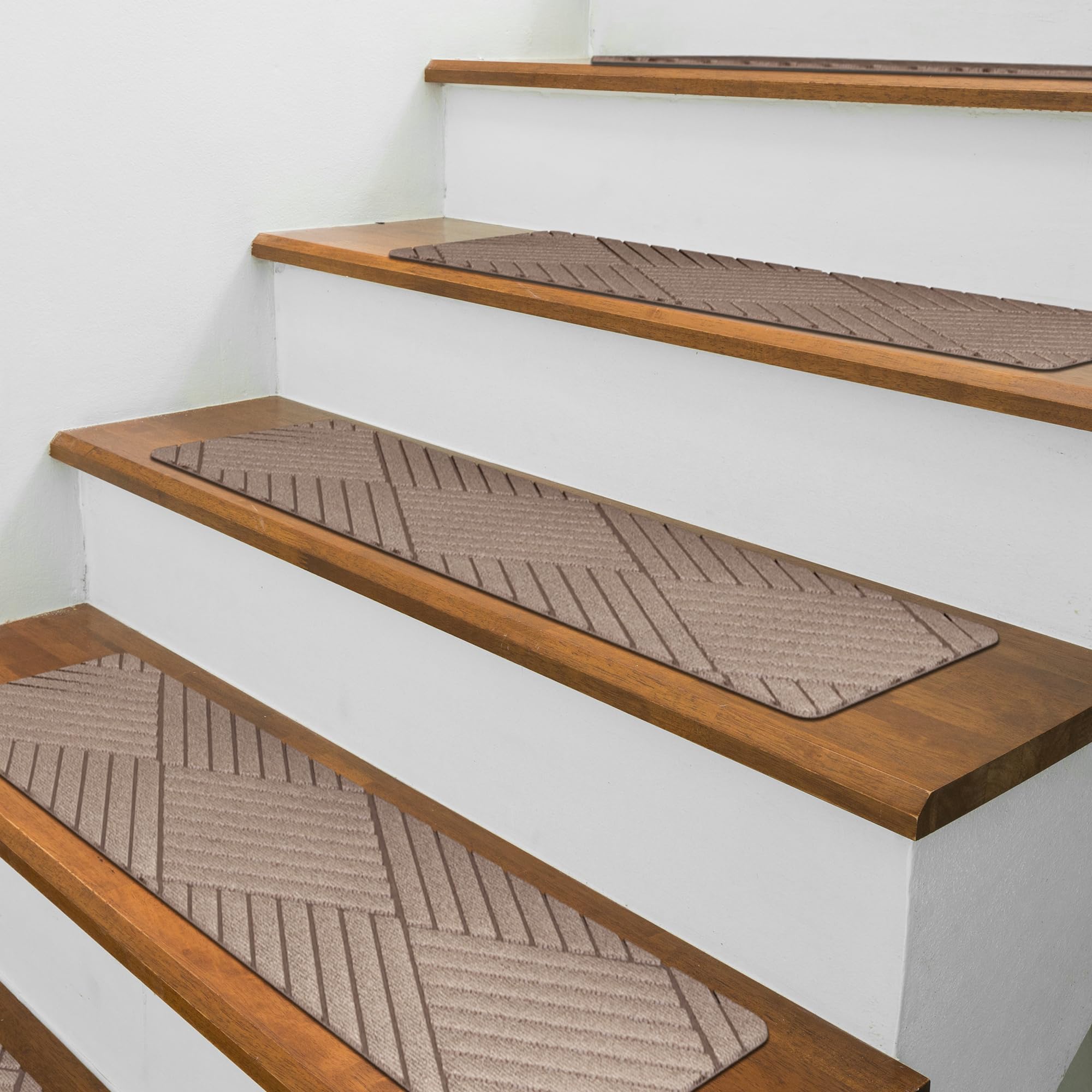
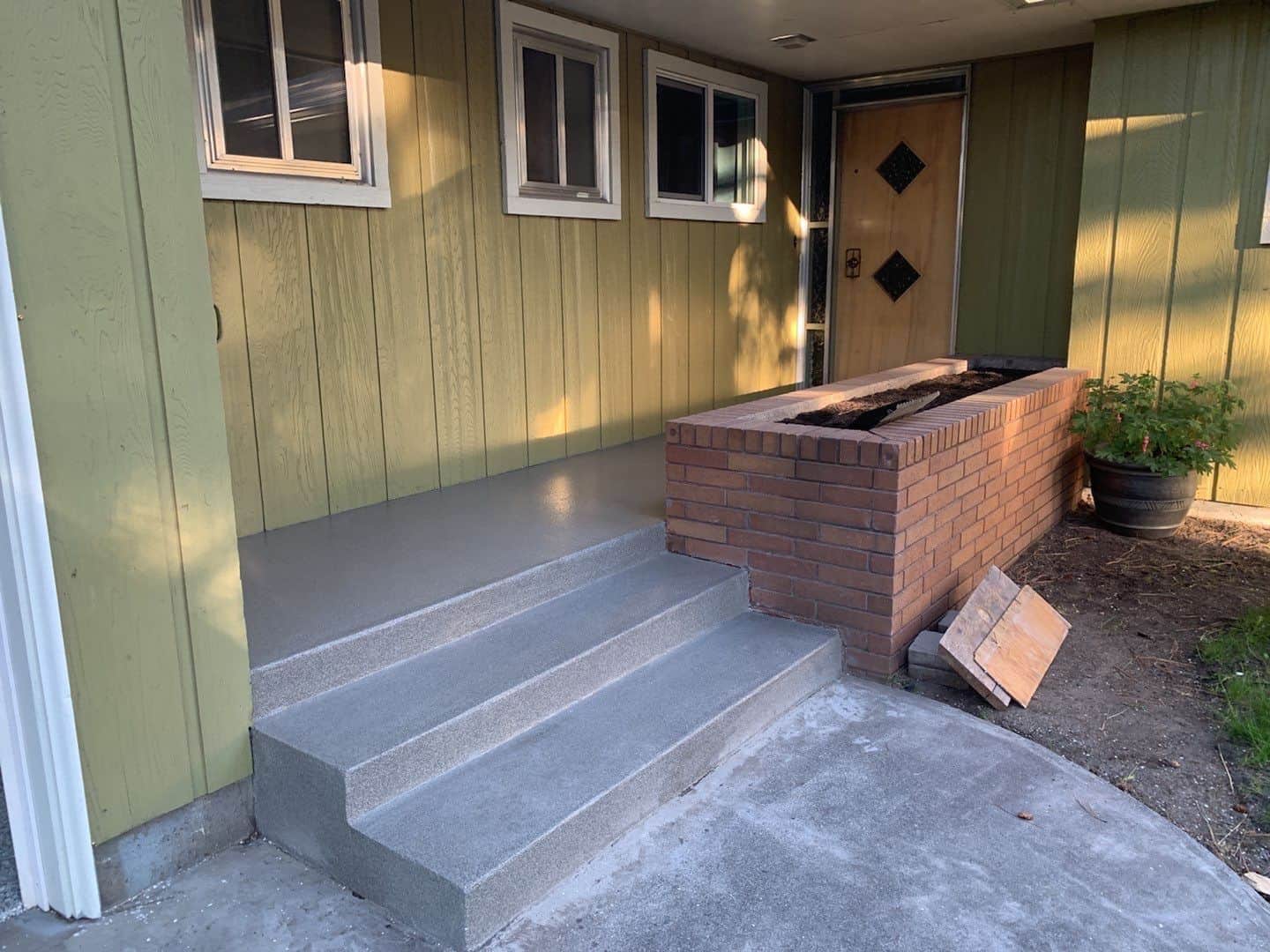

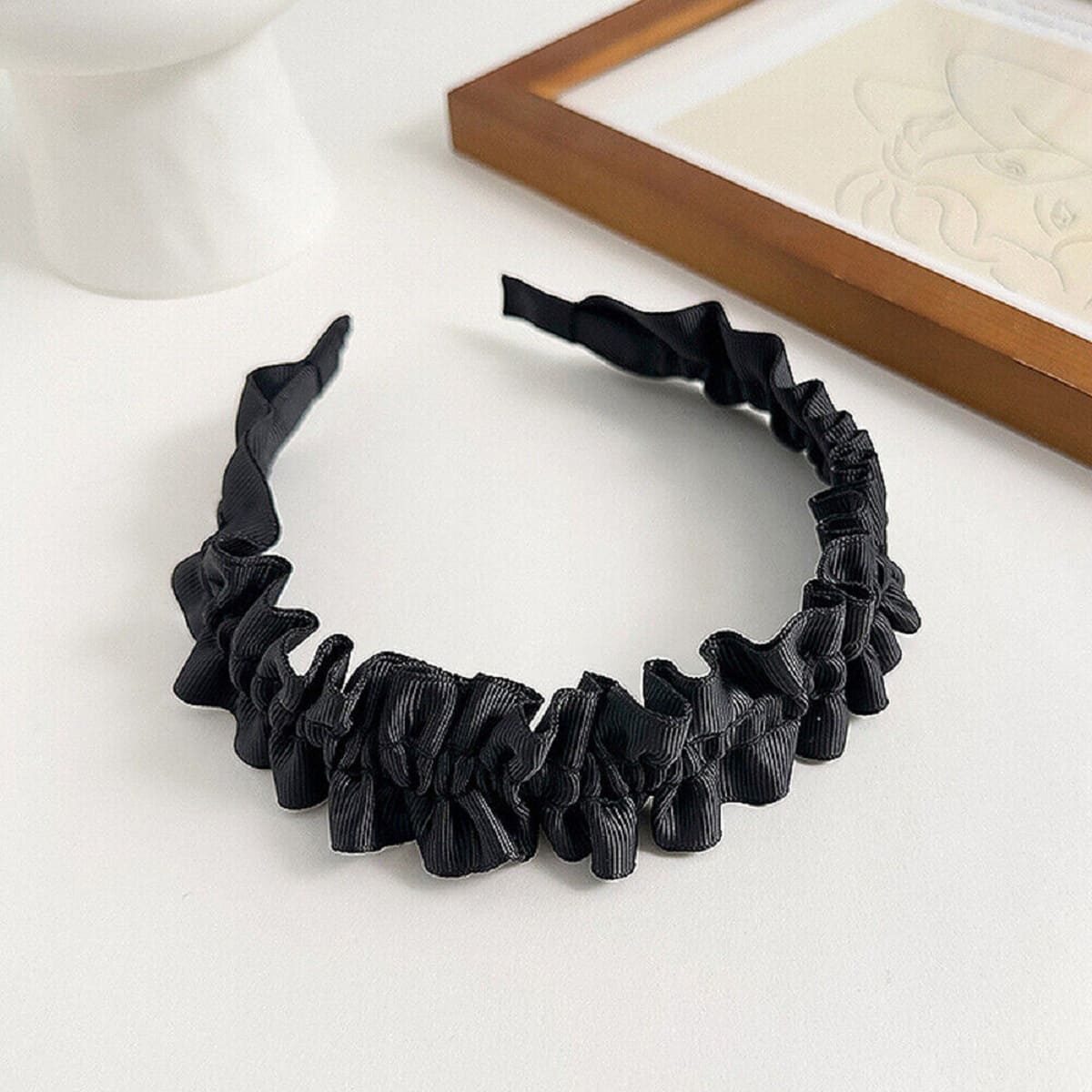

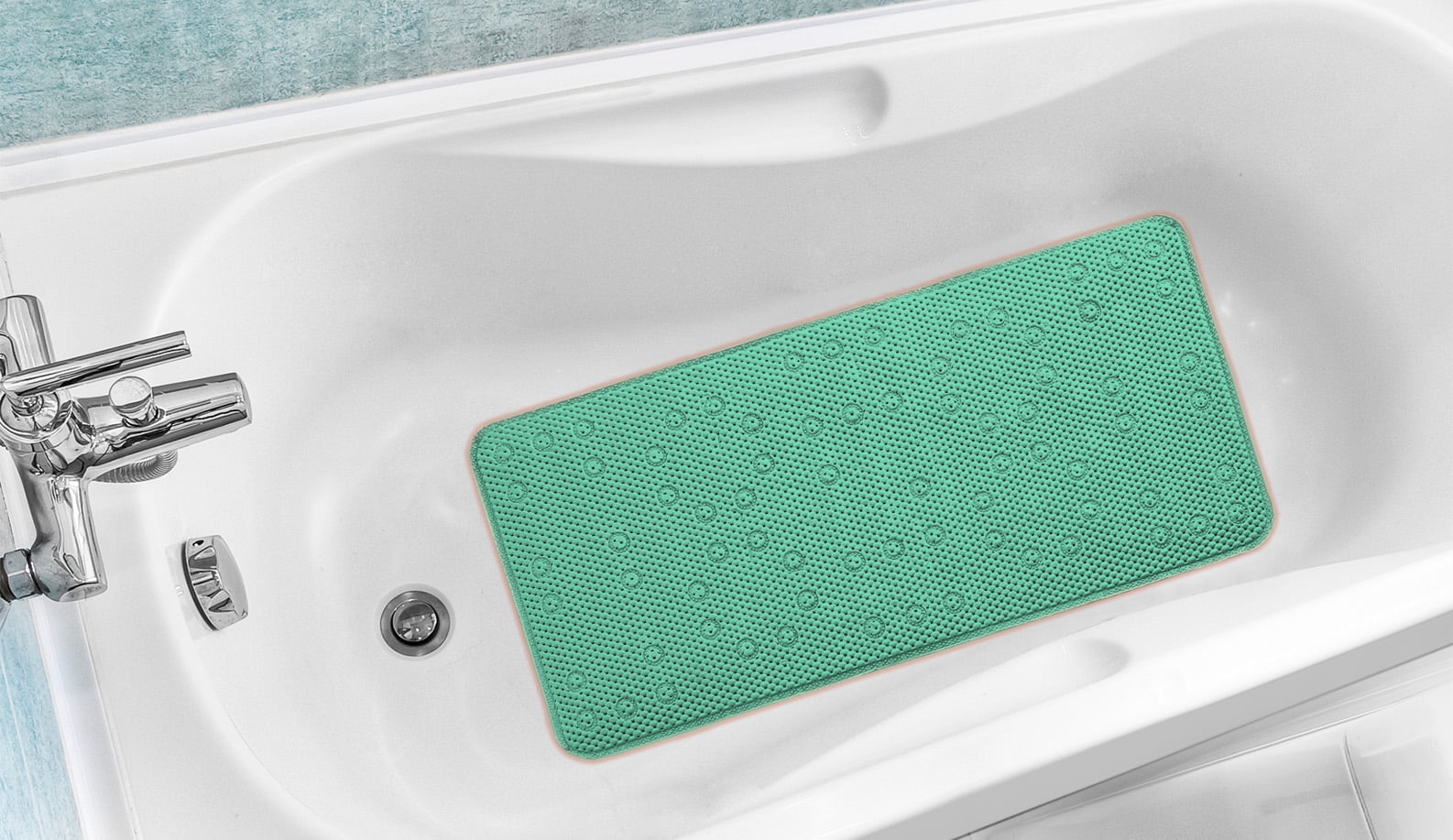
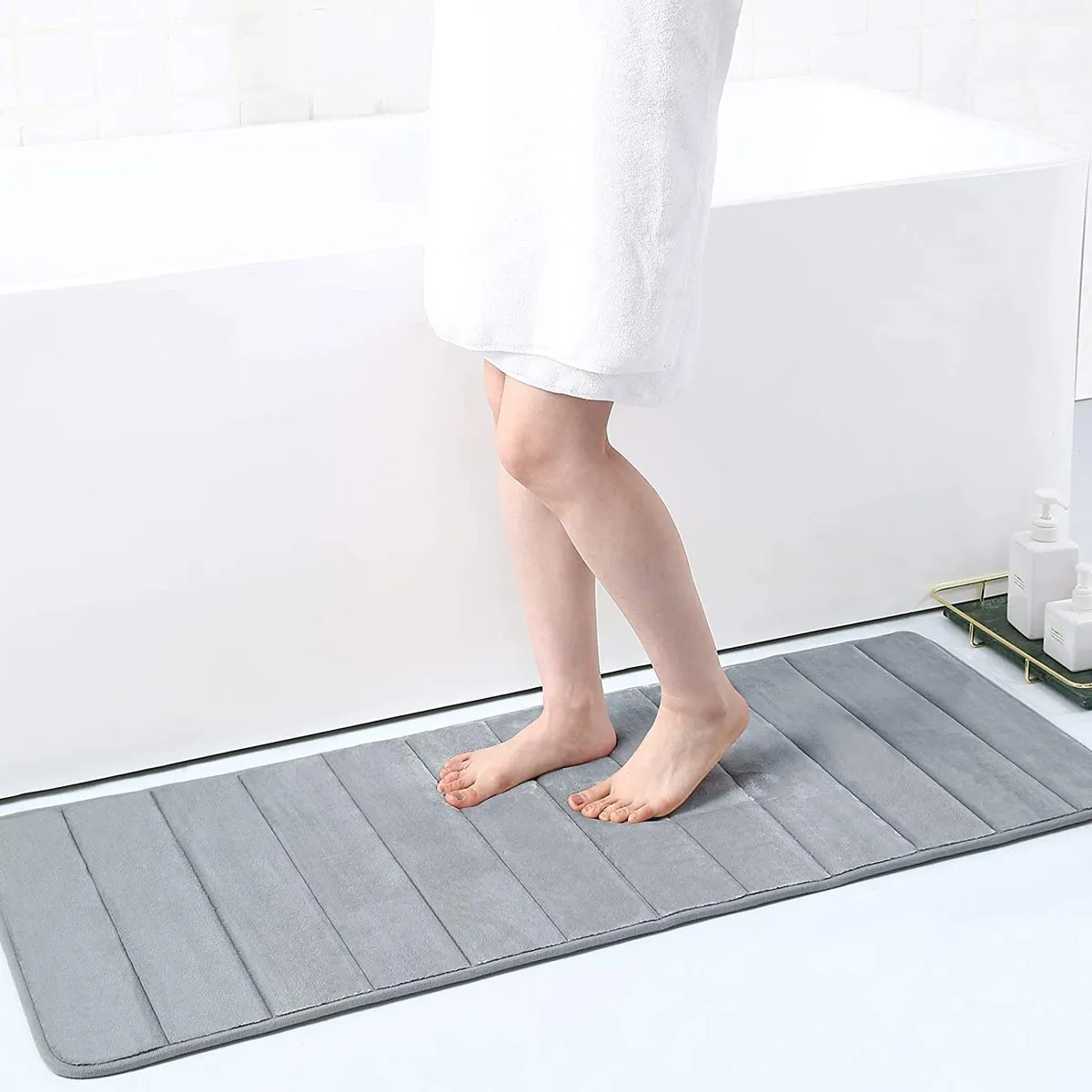

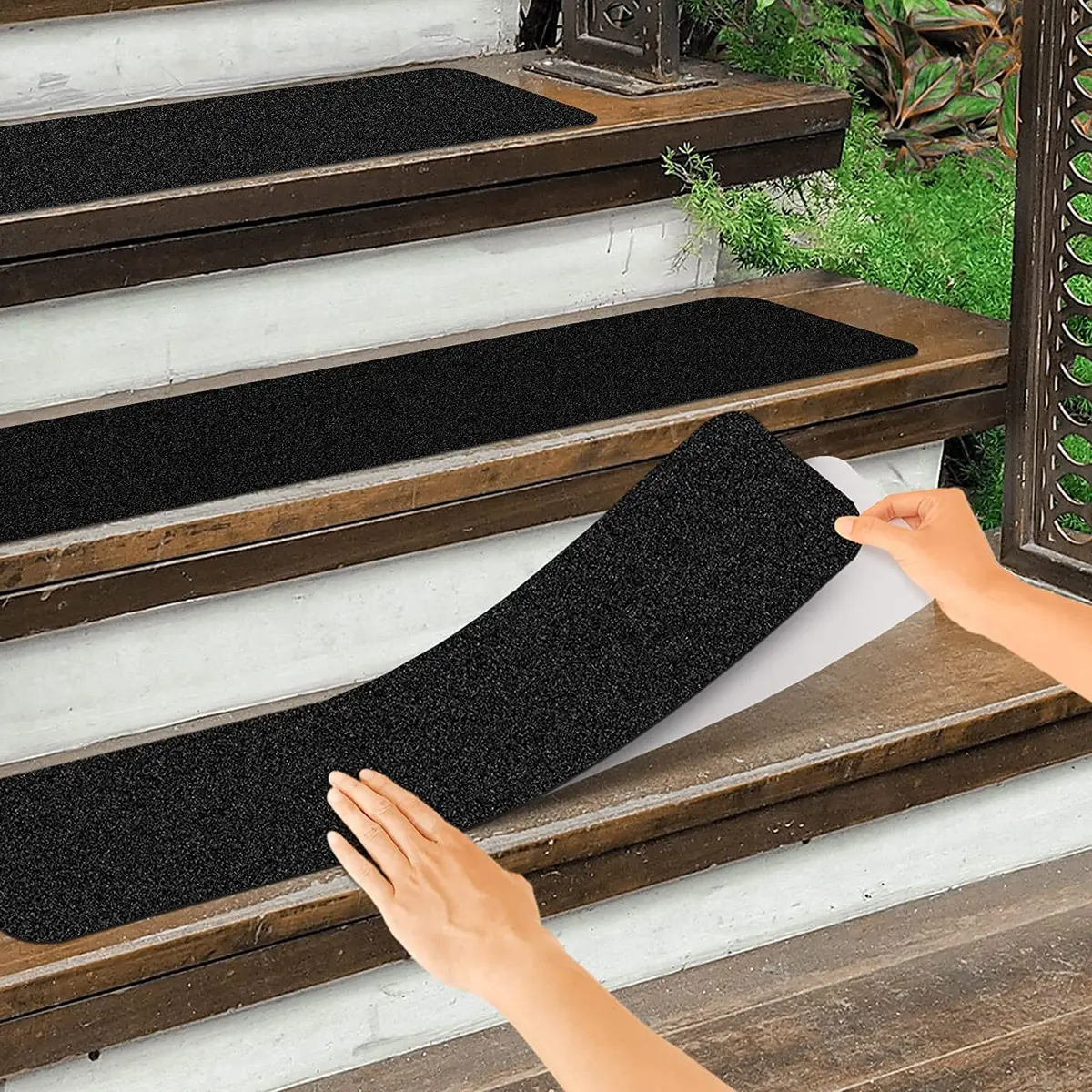
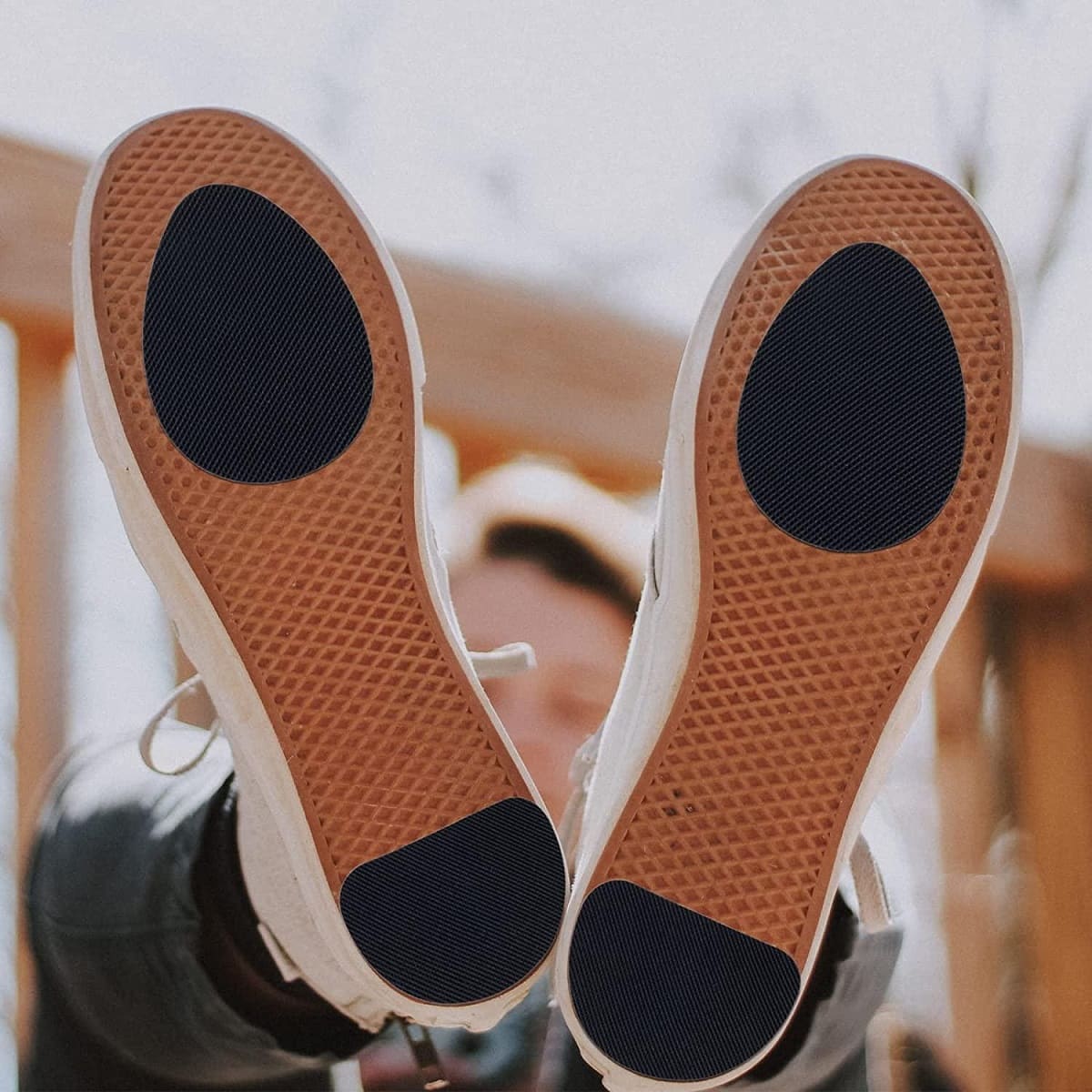
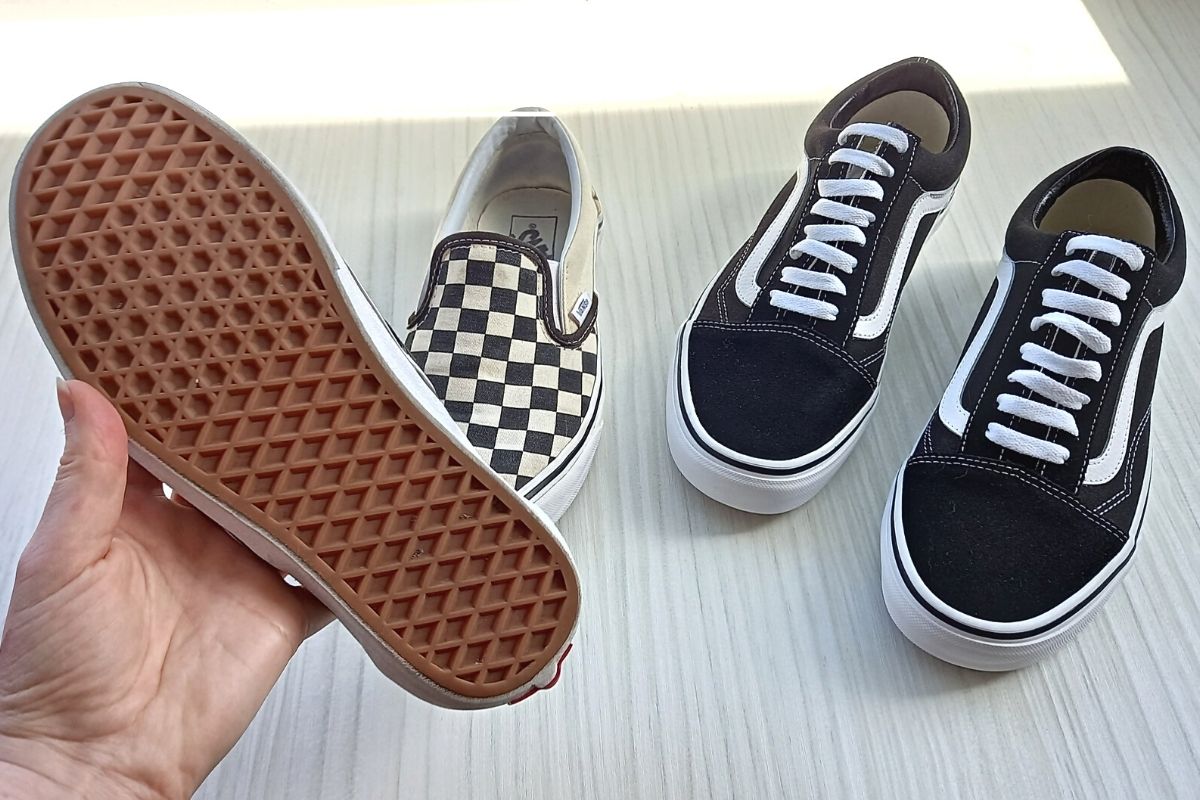

0 thoughts on “How To Make A Wood Ramp Non-Slip”